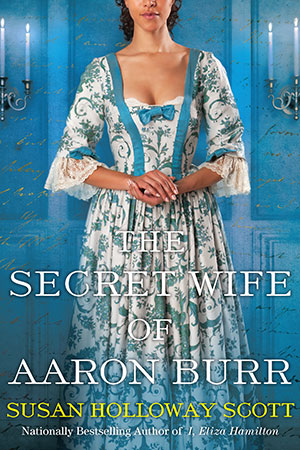Isabella reporting,
While Loretta and I were off on our mini-breaks, we wallowed happily in Royal Baby madness like the rest of the world. With our nerdy historical bent, this of course also led us to think of historical babies.
These little pincushions would have been made for new mothers in the 18th-19th centuries. Some historians believe that they would have served as a kind of birth announcement as well, to be hung on a door when the baby was born. More likely the pincushions were a thoughtful gift in a time when even baby clothes and diapers were fastened with straight pins, and pins were never far from reach. A few that survive were clearly well-used, while other examples were preserved as pristine little tokens.
In a way, these are pincushions times two. Not only could they serve for storing pins, but the decorative messages are made of pins, pushed deep into the cushion so the heads form the letters and design. The one, above, also features pins as a kind of fringed border. The background was often white silk, or fine linen or cotton, and a misplaced pin could not be moved without the hole showing in the fragile fabric. Like so much handwork of the time, patience and skill were required for a handsome result. (Please click on the images to enlarge for details.)
I've always found the messages in these little cushions quite touching. Today's parents can choose to know the gender of their new babies, but for 18th c. parents the new baby would be a complete surprise - truly a "little stranger." Later 19th c. layette pincushions are embroidered with more complex sayings and poems ("Bless the Babe and Save the Mother" is the sternly direct message on one from 1862.) One of my favorites from 1838 features a short poem. It's sentimental, yes, but even the most no-nonsense modern parent can't argue with the good wishes:
Angels guard thee, lovely blossom
Hover round and shield from ill
Crown thy parents' largest wishes
And their fondest hopes fulfil.
Top: Layette pincushion, cotton with cotton fringe & pins. English, 1784. Victoria & Albert Museum.
Bottom: Pin cushion, silk, thread, pins. American, 1770. Winterthur Museum.











 One of us --
One of us -- 


